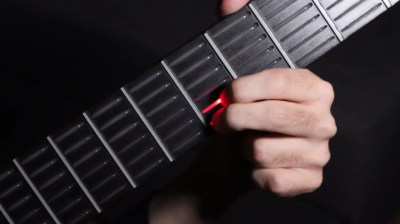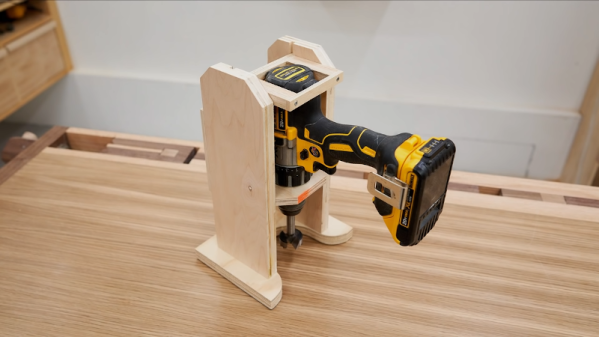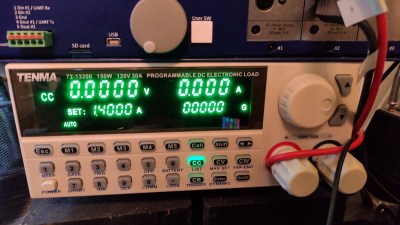Playing the guitar is pretty difficult to do, physically speaking. It requires a lot of force with the fretting hand to produce clear notes, and that means pressing a thin piece of metal against a block of wood until the nerve endings in your fingertips die off and you grow calluses that yearn to be toughened even further. Even if you do get to this point of being broken in, it takes dexterity in both hands to actually make music. Honestly, the guitar is kind of an unwelcoming instrument, even if you don’t have any physical disabilities.
 A Russian startup company called Noli Music wants to change all of that. They’re building a guitar that’s playable for everyone, regardless of physical or musical ability. Noli Music was founded by [Denis Goncharov] who has a form of muscular dystrophy. [Denis] has always wanted to rock out to his favorite songs, but struggles to play a standard guitar.
A Russian startup company called Noli Music wants to change all of that. They’re building a guitar that’s playable for everyone, regardless of physical or musical ability. Noli Music was founded by [Denis Goncharov] who has a form of muscular dystrophy. [Denis] has always wanted to rock out to his favorite songs, but struggles to play a standard guitar.
If you can touch the fretboard, it seems, you can whale away on this axe without trouble. It’s made to be easier to play all around. The strings aren’t fully tensioned, so they’re easy to pluck — the site says they only take 1.7oz of force to actuate.
Right now, the guitar is in the prototype stage. But when it’s ready to rock, it will do so a couple of ways. One uses embedded sensors in the fretboard detect finger positions and sound the appropriate note whether you pluck it or simply fret it. In another mode, the finger positions light up to help you learn new songs. The guitar will have a touchscreen interface, and Noli are planning on building a companion app to provide interactive lessons.
We have to wonder just how exactly this will be able to mimic the physics of guitar playing, especially since it’s designed with all players in mind. How satisfied will seasoned players be with this instrument? Can it do pull-offs and hammer-ons? What about slides? Do the sensors respond to bends? And most importantly, will the built-in speaker be loud enough to drown out the string vibrations? It seems to do just fine on that front, as you can see in the video below.
If the built-in speaker didn’t drown out the strings, it could make for some interesting sounds that stray outside the western chromatic scale, much like this LEGO microtonal guitar.
Continue reading “Smart Guitar Will Practically Play Itself”


















